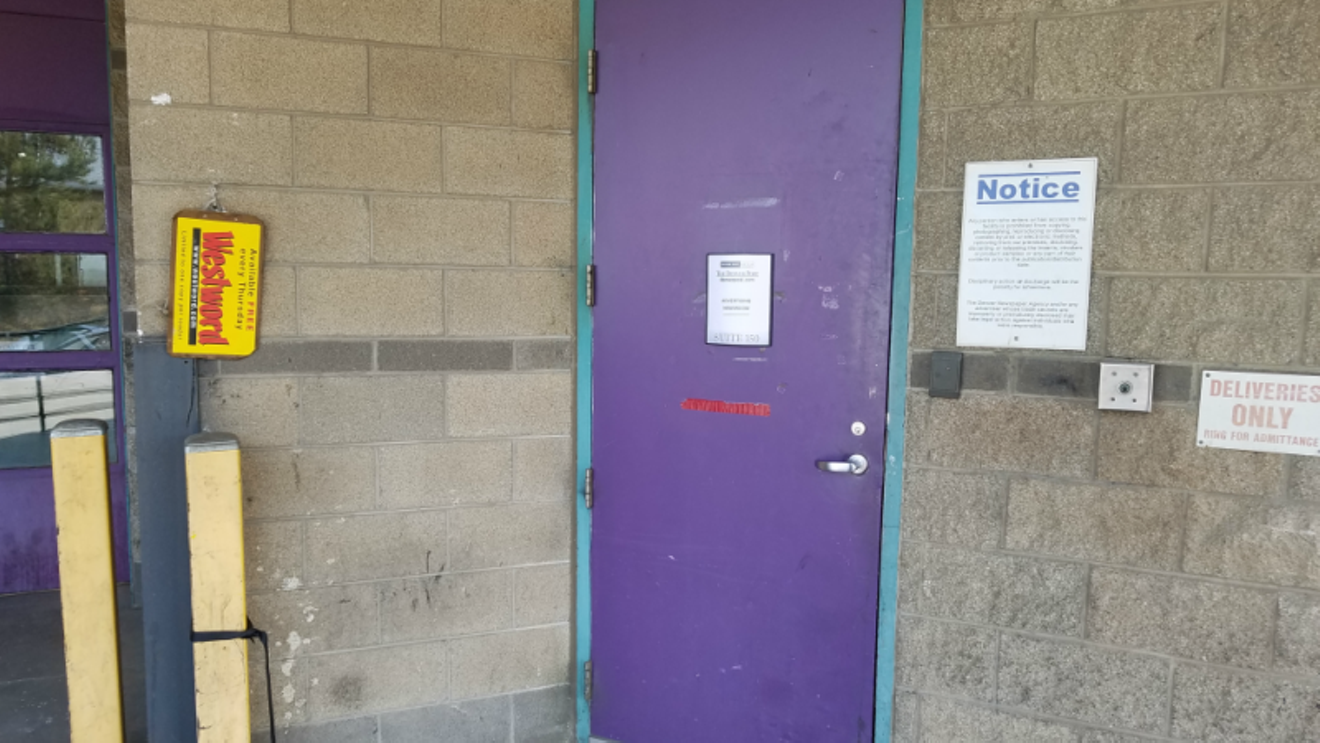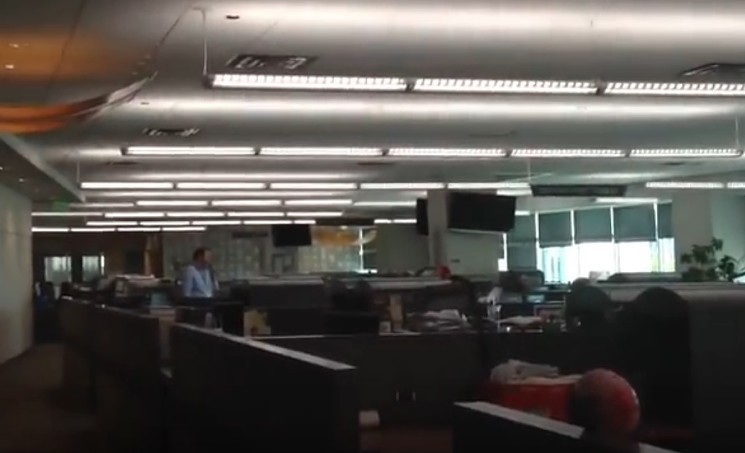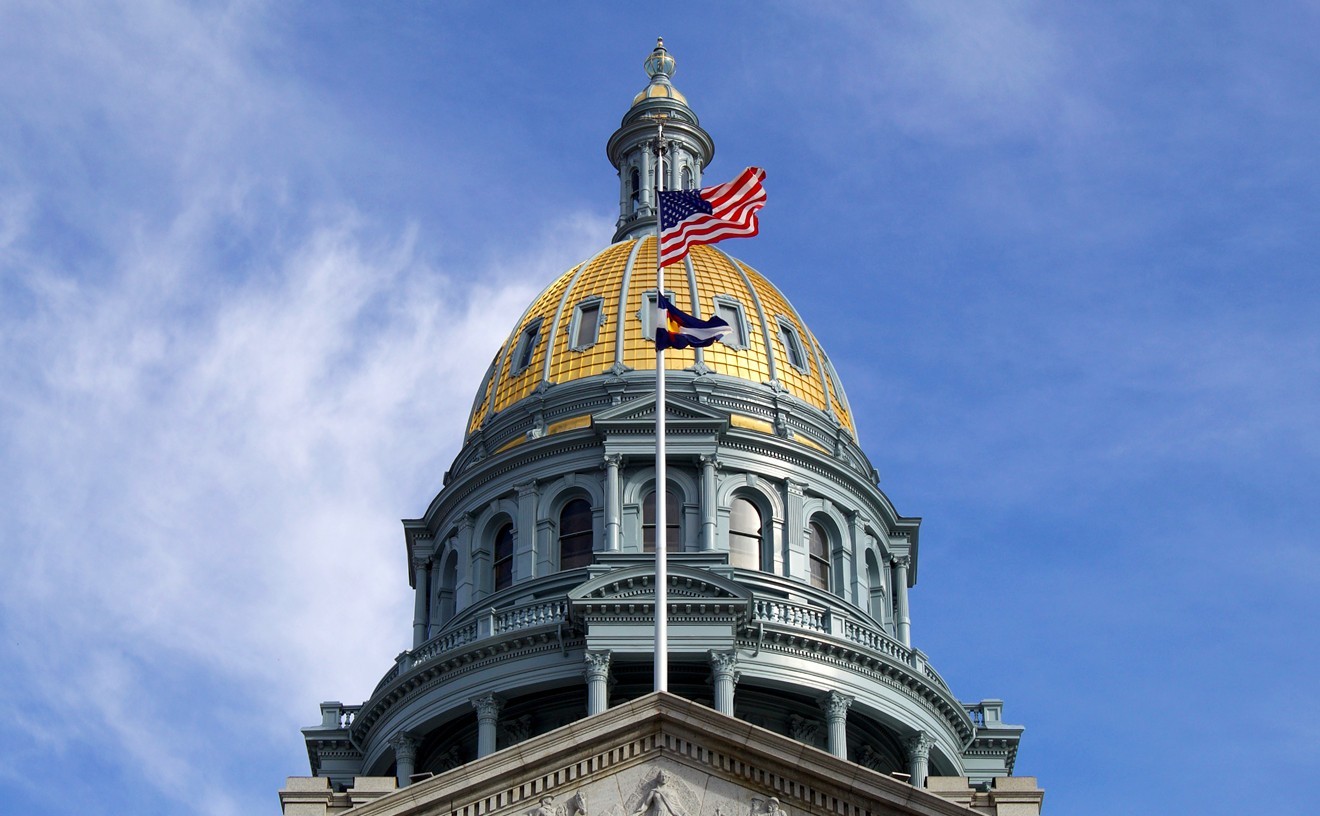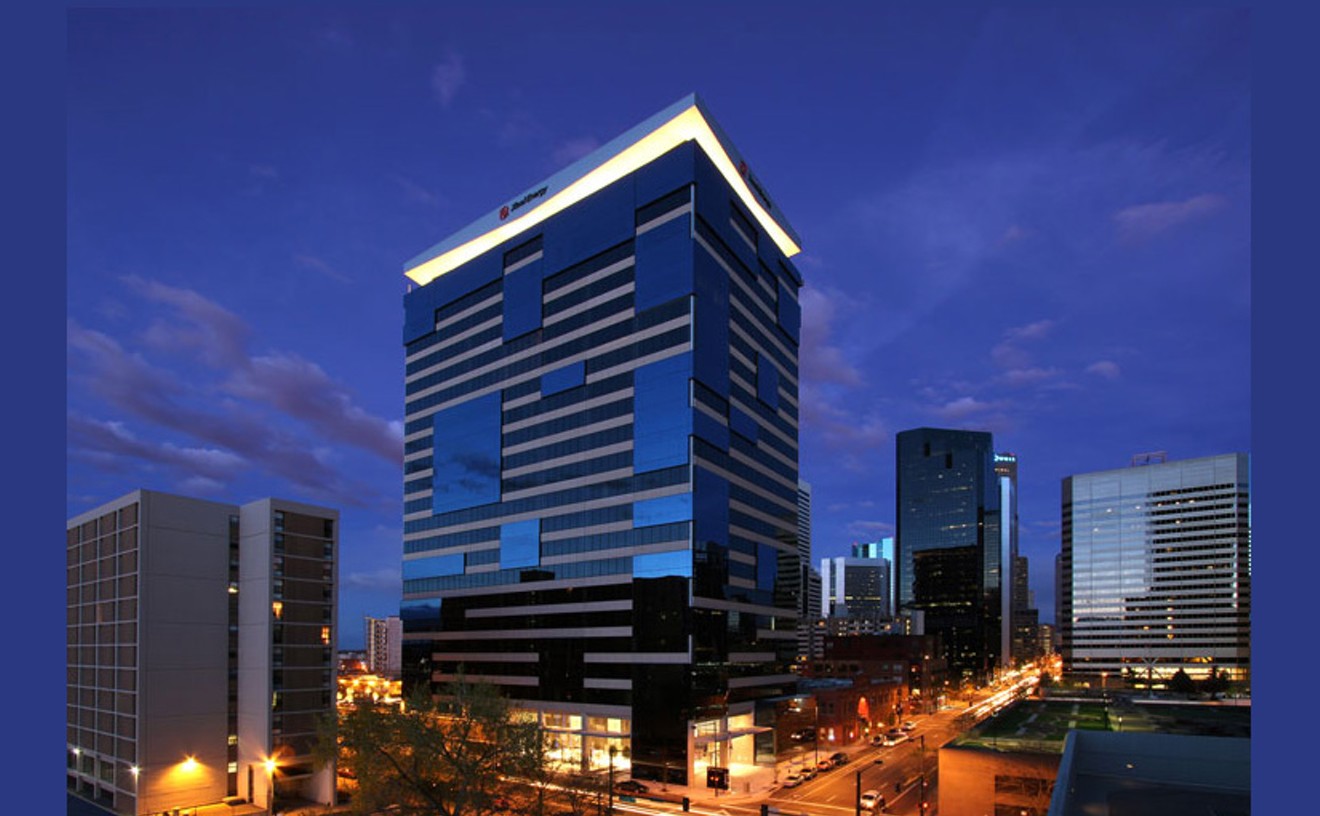At a meeting this afternoon, Wednesday, March 14, Denver Post editor Lee Ann Colacioppo announced layoffs of thirty employees, constituting nearly one-third of the newsroom staff. It's the largest example of downsizing at the Post in recent memory, and leaves the broadsheet with fewer than 25 percent of the newsroomers employed during its peak. Less than a decade ago, around 300 journalists were on the job.
Post City Hall reporter Jon Murray took on the sad task of sharing word about the massive cuts via Twitter. "In a staff meeting, the @DenverPost editor just told us that we are cutting 30 positions in the newsroom," Murray wrote, adding, "There are some sobs in the room."
Murray added in a second tweet: "For reference, this is approx 30 percent of newsroom employees. On top of deep cuts in 2015 and 2016 and some layoffs last year. Looks like they will be seeking volunteers for severance packages initially. After that?"
Recall that in 2016, the Post set out to shrink its staff by 26 through a buyout offer. When just twenty employees took the deal, involuntary layoffs were instituted in an effort to reach the goal.
A handful of additional layoffs came along in November 2017, and in January, the Post put up a paywall over its content for the first time since the Aurora theater shooting trial. According to editorial-page editor Chuck Plunkett, the paywall move improved the morale of employees who were relocating from the paper's downtown Denver space to lower-rent digs in Adams County (and the paper's printing plant) around that time.
But as pointed out in a tweet by the Colorado Independent's Corey Hutchins referencing comments that editor Colacioppo made to the Columbia Journalism Review in January, "there is nothing in writing from corporate saying revenue generated by the new paywall will stave off future newsroom cuts, though she’s hopeful they will."
This wish failed to come true, and Boulder Daily Camera reporter Alex Burness was among the many journalists to feel gutted by the latest development.
"Terrible," Burness wrote on Twitter. "Staff cuts at the Post, Camera and newsrooms around the U.S. are now far beyond trimming the fat. We're deep into the bone, with barely anyone left to cover essential stories."
As alluded to by Burness, the Post is hardly the only newspaper that's going through hard times in today's digital age. But its struggles are amplified by current deed holder Alden Global Capital, which seemingly wants to squeeze the publication until there's little or nothing left.
The question posed by writer Alan Prendergast's 2016 feature article "Can the Denver Post Survive Its Hedge-Fund Owner?" seems even gloomier today than it did two years ago.
[
{
"name": "Air - MediumRectangle - Inline Content - Mobile Display Size",
"component": "12017618",
"insertPoint": "2",
"requiredCountToDisplay": "2"
},{
"name": "Editor Picks",
"component": "17242653",
"insertPoint": "4",
"requiredCountToDisplay": "1"
},{
"name": "Inline Links",
"component": "18838239",
"insertPoint": "8th",
"startingPoint": 8,
"requiredCountToDisplay": "7",
"maxInsertions": 25
},{
"name": "Air - MediumRectangle - Combo - Inline Content",
"component": "17261320",
"insertPoint": "8th",
"startingPoint": 8,
"requiredCountToDisplay": "7",
"maxInsertions": 25
},{
"name": "Inline Links",
"component": "18838239",
"insertPoint": "8th",
"startingPoint": 12,
"requiredCountToDisplay": "11",
"maxInsertions": 25
},{
"name": "Air - Leaderboard Tower - Combo - Inline Content",
"component": "17261321",
"insertPoint": "8th",
"startingPoint": 12,
"requiredCountToDisplay": "11",
"maxInsertions": 25
}
]













